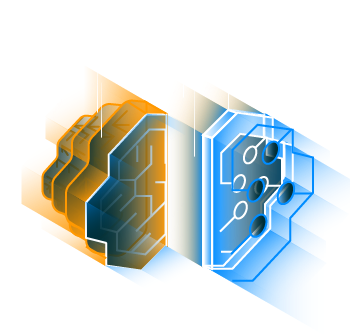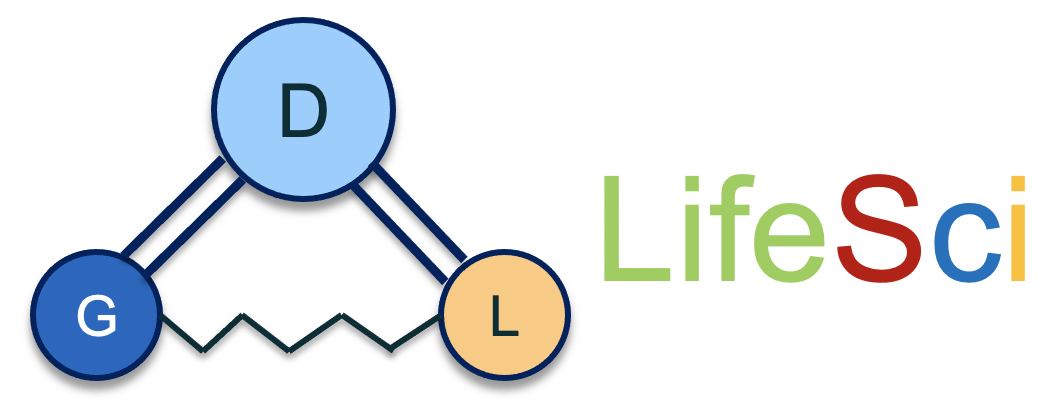Amazon Web Services
AI Shanghai Lablet

Amazon Web Services
AI Shanghai Lablet

We provide Open Source Projects for Researchers and Developers

Deep Graph Learning
DGL is an easy-to-use, high performance and scalable Python package for deep learning on graphs. DGL is framework agnostic, meaning if a deep graph model is a component of an end-to-end application, the rest of the logics can be implemented in any major frameworks, such as PyTorch, Apache MXNet or TensorFlow. Learn more about DGL.

DGL-LifeSci
Deep learning on graphs has been an arising trend in the past few years. There are a lot of graphs in life science such as molecular graphs and biological networks, making it an import area for applying deep learning on graphs. DGL-LifeSci is a DGL-based package for various applications in life science with graph neural networks.
We provide various functionalities, including but not limited to methods for graph construction, featurization, and evaluation, model architectures, training scripts and pre-trained models. Learn more about DGL-LifeSci.

DGL-KE
Knowledge graphs (KGs) are data structures that store information about different entities (nodes) and their relations (edges). A common approach of using KGs in various machine learning tasks is to compute knowledge graph embeddings. DGL-KE is a high performance, easy-to-use, and scalable package for learning large-scale knowledge graph embeddings. Learn more about DGL-KE.
Other Projects
Natural Language Processing
Graphs are everywhere in text: syntactic trees, semantic graphs, discourse graphs, etc. We work on extracting the graphs from text and do reasoning over them in downstream tasks. The major challenge in graph extraction is lack of annotated data. One of our published works tackle this problem with unsupervised cycle training on non-parallel text-graph corpus, and achieves comparable results compared with supervised methods.
Computer Vision
Image and video data contain relations among the captured objects, as well as the temporal change for each object. With graph neural networks, it’s easy to discover and represent the complex relations and changes in the data. Our first work along this line is Hilander: a GNN model for large-scale image clustering which achieves SOTA performance on multiple public datasets.
Amazon Web Services China Summit is coming soon!
June 19th - 20th | Shanghai Expo Center
Connect with 12,000+ cloud professionals, discover real-world applications across industries, and shape what’s next















